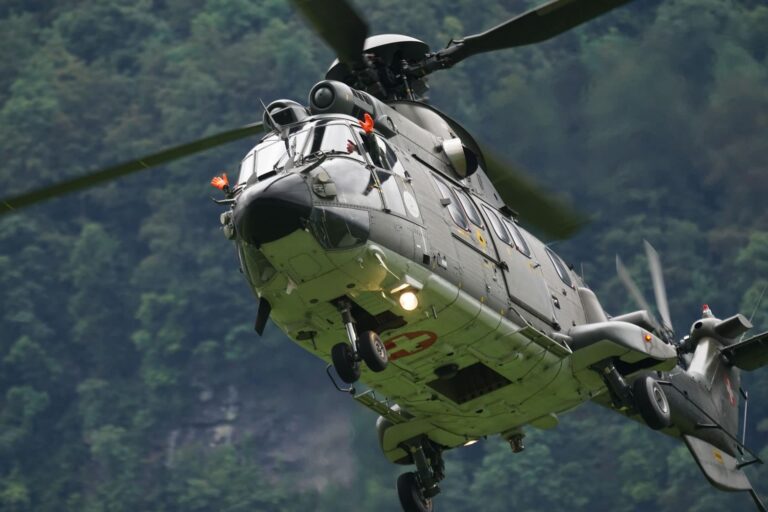Easy Platform: changing how wind turbines are mantained
The largest technological interface center in Portugal will help to develop, in partnership with Eptune Engineering, a more sustainable solution in the framework of maintenance operations of wind turbine blades, by testing materials. At stake is the design of innovative components that integrate a new mobile platform solution for access to wind towers, allowing their inspection/repair in an easier and safer way, maximizing access availability, and minimizing access dead times due to adverse weather conditions.
The project is called Easy Platform and will make the process of inspection and repair of wind turbines more consistent and cost-effective. At stake is the development of a work platform that is more flexible in its use and installation, through more advanced and optimized fastening techniques. At the same time, the platform will be equipped with advanced protection systems that allow it to be used in bad weather. It will now be possible to perform safer interventions for the workers involved as well as for the equipment required for the same, increasing the number of days per year in which they can be performed.
a more sustainable solution in the maintenance operations of wind turbine blades
ISQ participates in the development and performance of a series of tests on materials, components, and metallic structures such as: magnetic anchoring force; limit force of active suction cups; characterization of ropes and evaluation of metallic structures; characterization of the mechanical resistance of materials used in the project. The process was developed in the Special Tests Laboratory of ISQ (located in Castelo Branco) and in LABMAT-Mechanical Tests Unit (UEM).
Easy Platform is, therefore, an answer to the issues inherent to the (expensive) maintenance of wind turbine components and their respective repairs, often caused, for example, by damage resulting from bird impacts, lightning strikes or breakdowns in their mechanical or electrical systems. Besides the fact that their maintenance is usually carried out using ropes or suspended aluminum platforms, jeopardizing the technicians’ active safety principle; this activity is only feasible if weather conditions allow it, which can lead to a 40 to 70% reduction in the time available for these operations throughout the year. Consequently, these limitations not only increase maintenance costs but also generate significant losses in energy production.






